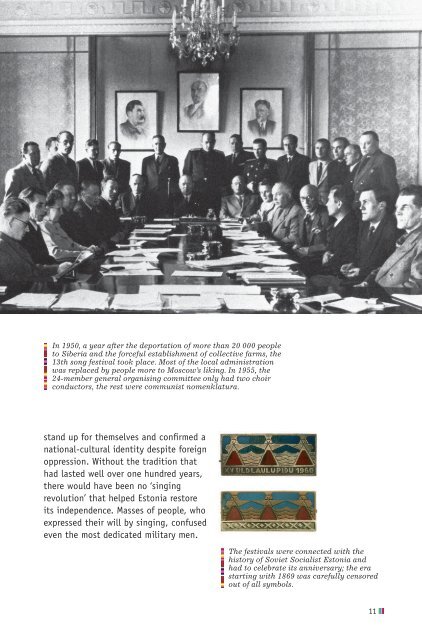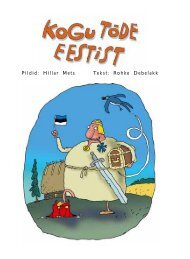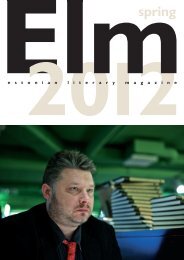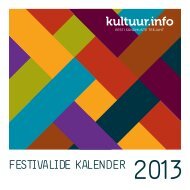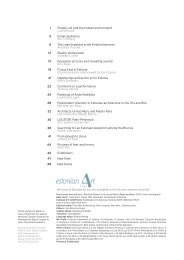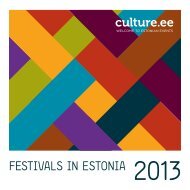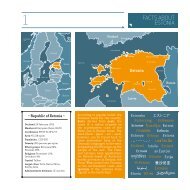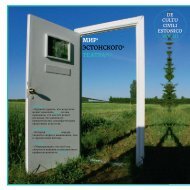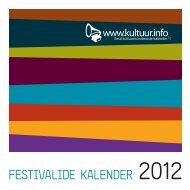Create successful ePaper yourself
Turn your PDF publications into a flip-book with our unique Google optimized e-Paper software.
In 1950, a year after <strong>the</strong> deportation <strong>of</strong> more than 20 000 people<br />
to Siberia and <strong>the</strong> forceful establishment <strong>of</strong> collective farms, <strong>the</strong><br />
13th song <strong>festival</strong> took place. Most <strong>of</strong> <strong>the</strong> local administration<br />
was replaced by people more to Moscow’s liking. In 1955, <strong>the</strong><br />
24-member general organising committee only had two choir<br />
conductors, <strong>the</strong> rest were communist nomenklatura.<br />
stand up for <strong>the</strong>mselves and confirmed a<br />
national-cultural identity despite foreign<br />
oppression. Without <strong>the</strong> tradition that<br />
had lasted well over one hundred years,<br />
<strong>the</strong>re would have been no ‘singing<br />
revolution’ that helped Estonia restore<br />
its independence. Masses <strong>of</strong> people, who<br />
expressed <strong>the</strong>ir will by singing, confused<br />
even <strong>the</strong> most dedicated military men.<br />
The <strong>festival</strong>s were connected with <strong>the</strong><br />
history <strong>of</strong> Soviet Socialist Estonia and<br />
had to celebrate its anniversary; <strong>the</strong> era<br />
starting with 1869 was carefully censored<br />
out <strong>of</strong> all symbols.<br />
11


